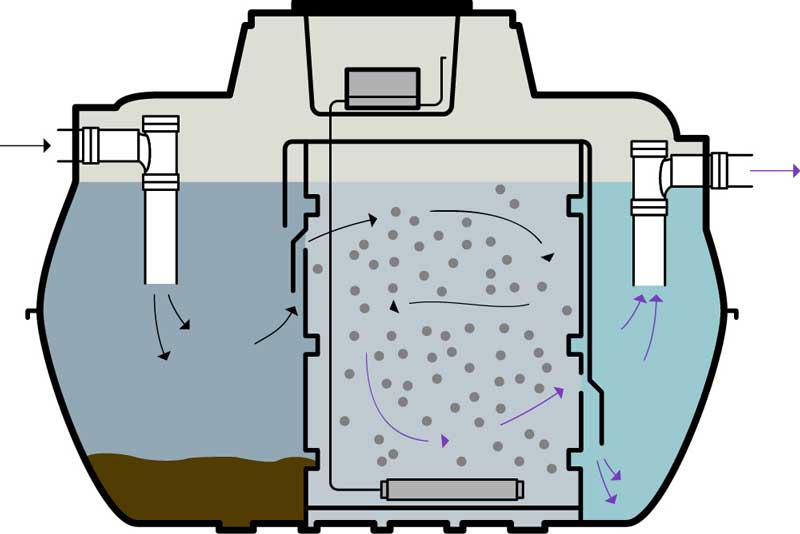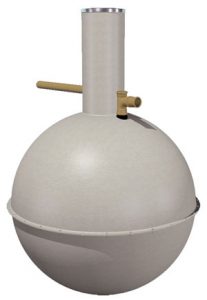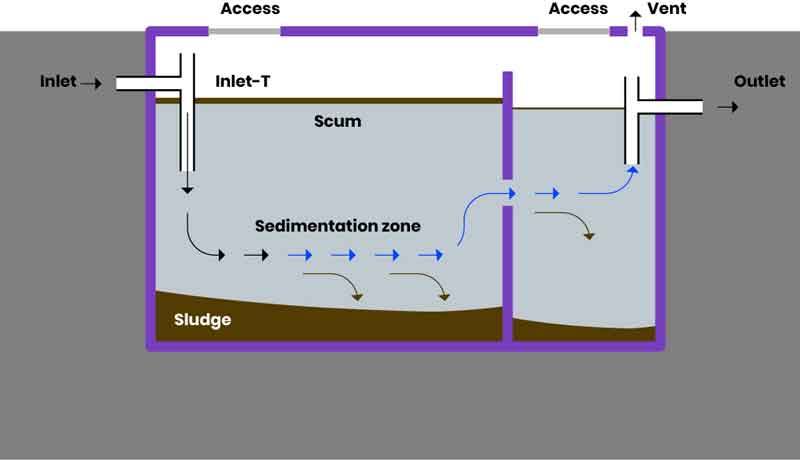Having a working sewage system is essential to any homeowner or business. If your property is close to the water mains, there shouldn’t be an issue. However, if you are located further away from the main connection, you may need a sewage treatment plant or septic tank.
But how do sewage treatment plants work? This guide will explain exactly how, so that you can select the best option for your project.
How do sewage treatment plants work?
Using internal mechanisms, a sewage treatment plant works by breaking down solid waste to produce a cleaner, more environmentally friendly effluent.
 Wastewater and sewage are supplied to the primary tank, where the solids and liquids disperse. The resulting liquor flows into the biozone chamber. In the chamber, a pump airs the waste and encourages friendly bacteria to condense the organic matter. This breaks down and purifies the result.
Wastewater and sewage are supplied to the primary tank, where the solids and liquids disperse. The resulting liquor flows into the biozone chamber. In the chamber, a pump airs the waste and encourages friendly bacteria to condense the organic matter. This breaks down and purifies the result.
As it leaves the final waste chamber, the waste left over is 95% clean and ready for dispersal into local ditches or soakaway systems, subject to consent from the relevant environmental agency.
Sewage treatment vs. septic tanks
People often think of sewage treatment plants and septic tanks as the same product. However, there are a number of distinct differences between the two.
 A septic tank produces a very polluting waste product, which must be dispersed to a soakaway. Here, the septic pollutants go through further handling by the natural aerobic soil bacteria. Septic tanks also don’t use electricity or require servicing. They need emptying just once a year.
A septic tank produces a very polluting waste product, which must be dispersed to a soakaway. Here, the septic pollutants go through further handling by the natural aerobic soil bacteria. Septic tanks also don’t use electricity or require servicing. They need emptying just once a year.
On the contrary, a sewage treatment plant churns out a clean, non-polluting effluent which can be discharged directly to a stream ditch or other watercourse. They often require electricity to operate, and will also need regular servicing and emptying.














